What Is the Best Material for a Business Sign? A Comparison of Top Signage Options
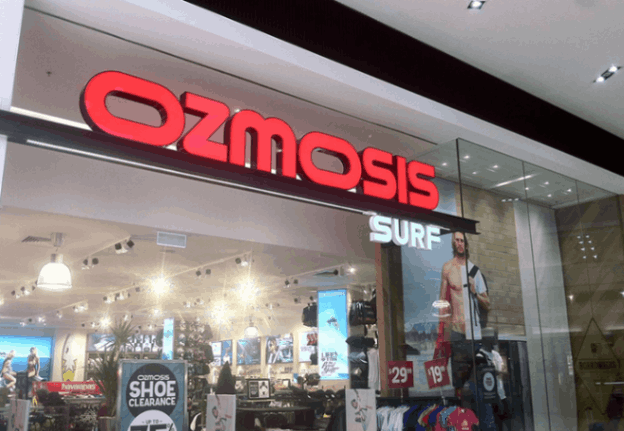
- June 27th, 2025
Choosing the right material for your business sign isn’t just about picking something that looks good. It’s about finding the perfect balance between durability, cost, appearance, and functionality that’ll serve your business for years to come.
Let’s dive into the most popular signage materials available today, as well as help you make an informed decision that’ll have your business standing out for all the right reasons.
Understand Your Signage Needs
Before we explore specific materials, it’s worth considering what you actually need from your business sign. Are you looking for something temporary to promote a seasonal sale, or do you need a permanent fixture that’ll represent your brand for decades? Will your sign face the elements outdoors, or will it be protected indoors?
The location of your business plays a huge role too. UV exposure, rainfall, wind, and temperature fluctuations all affect how well different materials perform over time. Then there’s your budget—both upfront costs and long-term maintenance expenses matter.
Your brand image, of course, is another crucial factor. A high-end law firm might prioritise elegance and permanence, while a trendy pop-up shop might favour flexibility and eye-catching appeal. Understanding these needs upfront will help you navigate the material options more effectively.
RELATED READING: What are the Benefits of Using Digital Signage for Your Business?
Check out Swift Sign’s range of custom signs in Melbourne–we can create interior and exterior signs for your brand.
Aluminium
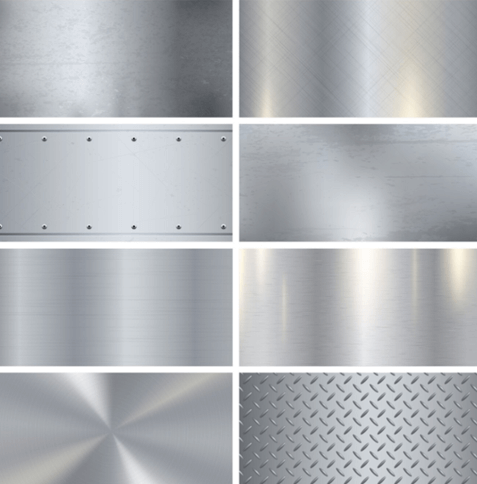
Aluminium has earned its reputation as one of the most versatile signage materials, and for good reason. It strikes an excellent balance between durability, cost-effectiveness, and professional appearance that works for businesses across virtually every industry.
The biggest advantage of aluminium is its resistance to harsh weather conditions. It won’t rust like steel, won’t warp like timber, and handles UV exposure remarkably well. This makes it particularly suitable for outdoor applications where longevity is paramount. The material is also lightweight, which reduces installation complexity and costs—a significant consideration for larger signs.
From a design perspective, aluminium offers excellent versatility. It can be painted, powder-coated, or left with its natural finish. Digital printing directly onto aluminium produces vibrant, long-lasting graphics that maintain their colour intensity even under the intense sun. The smooth surface also works beautifully with vinyl graphics and cut lettering.
However, aluminium does have some limitations. While it’s durable, it can dent if impacted, and repairs often require replacing the entire panel. The material can also look somewhat industrial or cold, which might not suit every brand’s aesthetic. Also, while aluminium is cost-effective for most applications, it’s not the cheapest option available.
ACM (Aluminium Composite Material)
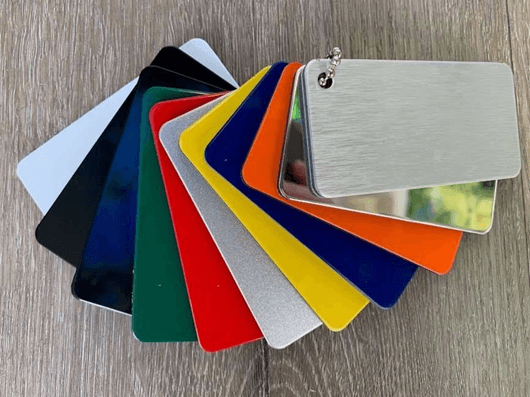
ACM, often known by brand names like Alucobond or Dibond, is a step up from standard everyday aluminium. This sandwich-panel construction (with a polyethene core between two aluminium sheets) offers superior flatness, rigidity, and a more premium appearance.
The main advantage of ACM is its exceptional flatness and stability. Unlike single-sheet materials that can bow or warp over time, ACM panels maintain their shape beautifully. This makes them ideal for large-format signs where a perfectly flat surface is crucial for professional appearance. The material also cuts cleanly, allowing for intricate shapes and designs that might be challenging with other materials.
ACM performs exceptionally well in outdoor applications. The aluminium faces provide weather resistance, while the core adds insulation properties that help the sign perform well in temperature extremes. The material accepts a wide range of finishes, from basic painted surfaces to sophisticated brushed or textured effects.
The primary drawback of ACM is cost. It’s significantly more expensive than basic aluminium. The material also requires skilled fabrication to achieve the best results, which can add to overall project costs. For smaller signs or budget-conscious projects, ACM might be overkill.
Corflute
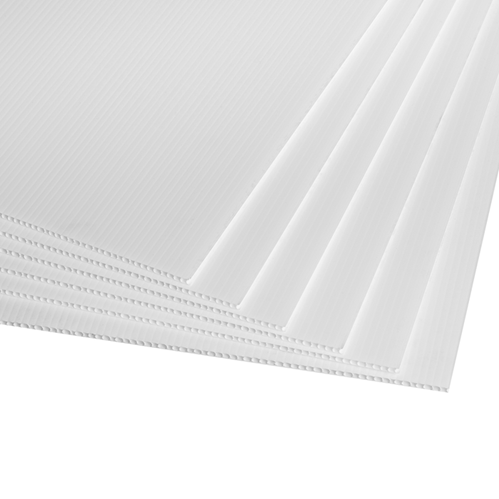
Corflute, which is made from corrugated polypropylene, has become the go-to choice for temporary and budget signage across Australia. You’ve probably seen countless Corflute signs promoting everything from local council elections to weekend garage sales.
The material’s biggest advantage is cost. Corflute is incredibly affordable, making it perfect for short-term campaigns, temporary events, or situations where you need multiple signs without breaking the bank. It’s also remarkably easy to work with—it cuts with a sharp knife, doesn’t require special tools, and weighs almost nothing.
Despite its low cost, Corflute offers reasonable durability for short to medium-term applications. A well-made Corflute sign can last several months outdoors in most Australian conditions. The material is also completely waterproof and won’t be damaged by rain or humidity.
However, Corflute has obvious limitations. It looks and feels cheap, which makes it unsuitable for permanent business signage where brand image matters. The material can become brittle over time, especially under intense UV exposure, and strong winds can damage or destroy Corflute signs. The corrugated structure also means that fine detail in graphics can sometimes appear fuzzy or unclear.
Also Read: Proven Strategies for Maintaining Outdoor Business Signs Through All Seasons
PVC
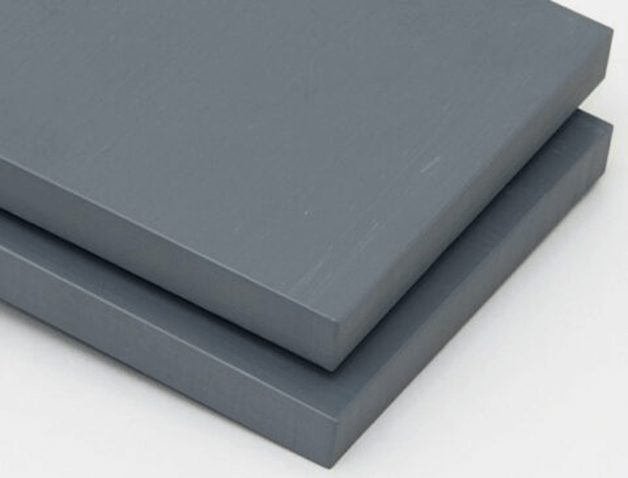
As a signage material, PVC has evolved significantly , offering impressive versatility and performance characteristics that make it suitable for a wide range of applications. Modern PVC sheets also come in various thicknesses and can be manufactured to specific requirements.
One of PVC’s greatest strengths is its workability. The material can be easily cut, routed, heated and formed, welded, and machined using standard workshop tools. This makes it excellent for three-dimensional lettering, custom shapes, and complex fabrication projects. PVC also accepts a wide range of finishes and can be painted, printed on, or laminated with graphics.
From a durability standpoint, PVC performs well in most conditions. It’s completely waterproof, resistant to most chemicals, and doesn’t rot or corrode. The material maintains good colour stability and won’t fade as quickly as some alternatives. PVC is also relatively cost-effective, especially for custom fabrication projects.
The main concerns with PVC relate to environmental factors and brand perception. Some businesses prefer to avoid PVC due to environmental concerns about its production and disposal. The material can also become brittle in extreme cold, though this is rarely an issue in most Australian climates. Additionally, PVC can sometimes appear less premium than materials like aluminium or ACM.
Timber
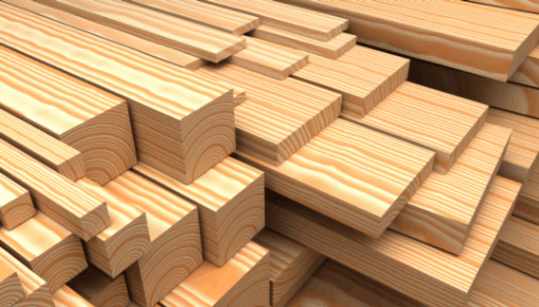
Timber signage offers a warmth and natural appeal that’s hard to replicate with synthetic materials. For businesses wanting to convey tradition, craftsmanship, or environmental consciousness, timber can be an excellent choice.
The aesthetic appeal of timber is undeniable. Whether you choose the rich tones of hardwood, the rustic charm of reclaimed timber, or the clean lines of painted softwood, timber signs have a distinctive character that stands out from the crowd. The material works beautifully with carved lettering, traditional painting techniques, and even modern digital graphics when properly prepared.
Timber also offers good workability. Experienced signwriters can create intricate designs, dimensional elements, and custom shapes that showcase true craftsmanship. For heritage buildings or businesses in historic areas, timber signs often complement the surrounding architecture perfectly.
However, timber requires more maintenance than most alternatives. In Australia’s varied climate, timber signs need regular treatment to prevent weather damage, insect attack, and UV degradation. Without proper maintenance, timber can crack, warp, fade, or even rot. This ongoing maintenance requirement translates to higher long-term costs, even if the initial investment is reasonable.
Digital vs Traditional Printing Considerations
Regardless of which base material you choose, how you apply graphics and text to your sign significantly impacts the final result. Digital printing has revolutionised signage production, offering photographic quality images, unlimited colours, and quick turnaround times.
Direct digital printing works exceptionally well on materials like aluminium, ACM, and PVC. The prints are durable, weather-resistant, and can reproduce complex graphics with stunning clarity. This technology has made full-colour signage accessible to businesses of all sizes.
Traditional methods like screen printing and hand-painting still have their place, particularly for simple designs, large quantities, or when a handcrafted appearance is desired. These methods often provide superior longevity for basic designs and can be more cost-effective for certain applications.
Vinyl graphics offer another middle ground, combining durability with flexibility. High-quality cast vinyl can last many years outdoors and allows for easy updates or changes to signage content.
Key Factors to Consider While Making Your Decision:
When weighing your options, start with your budget, both the initial investment and the ongoing maintenance costs. Consider how long you need the sign to last and what image you want to project. A permanent storefront sign requires different considerations from a temporary event signage.
Think about your local environment and weather conditions. If you’re in a harsh climate, investing in premium materials often pays for itself through reduced replacement and maintenance costs. Consider installation requirements too—some materials are much easier and cheaper to install than others.
Don’t forget about local council requirements and building codes. Some areas have restrictions on signage materials, sizes, or mounting methods that could influence your choice.
Get the Best Material for your Business Sign at Swift Signs
Selecting the right signage material is a big decision, but you don’t have to make it alone. At Swift Signs, we’ve helped thousands of Australian businesses find the perfect signage solution for their unique needs and circumstances.
Our team understands the challenges of Australian conditions and will happily guide you through the selection process. We’ll consider your budget, location, brand requirements, and long-term goals to recommend the ideal material and design approach.
Contact us today for a free consultation and quote!




